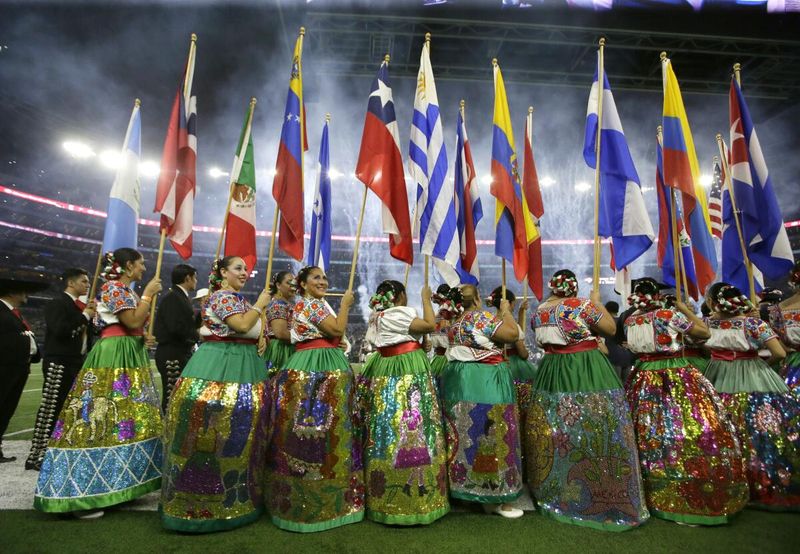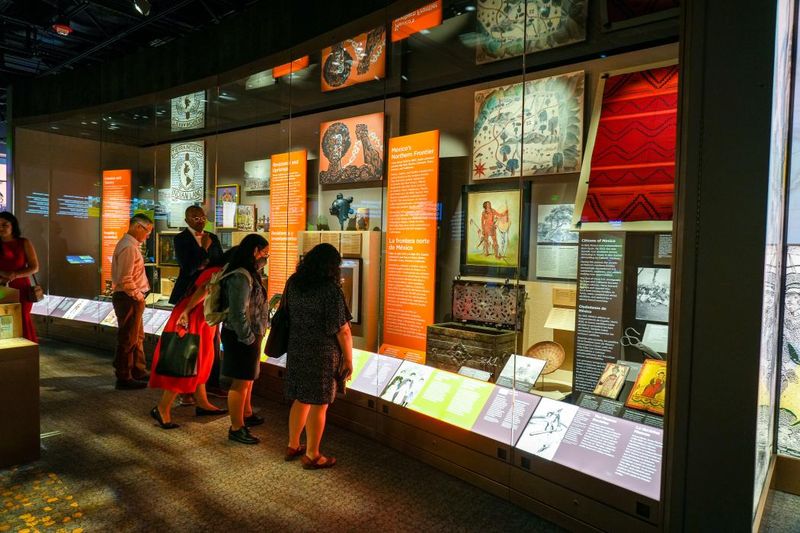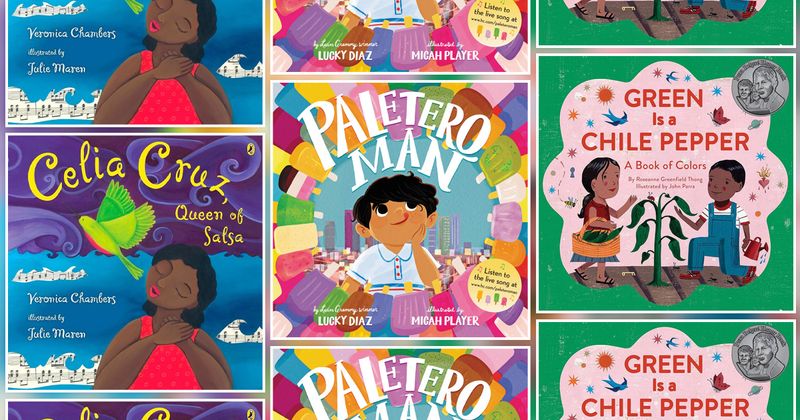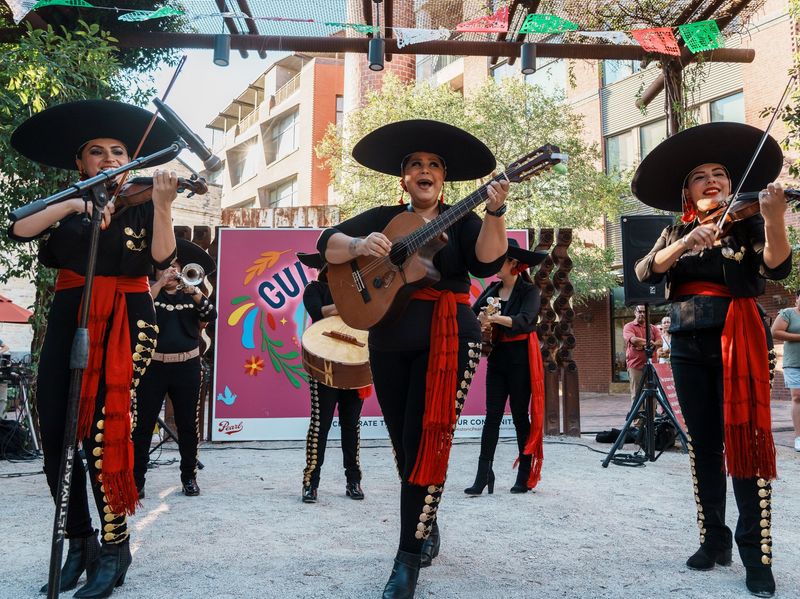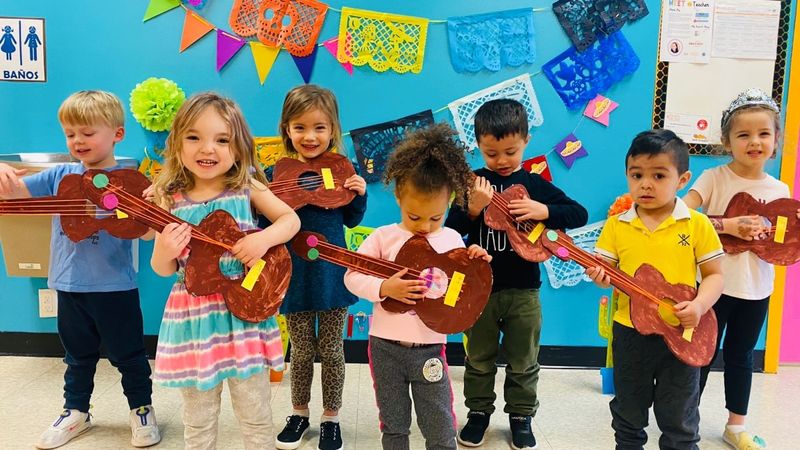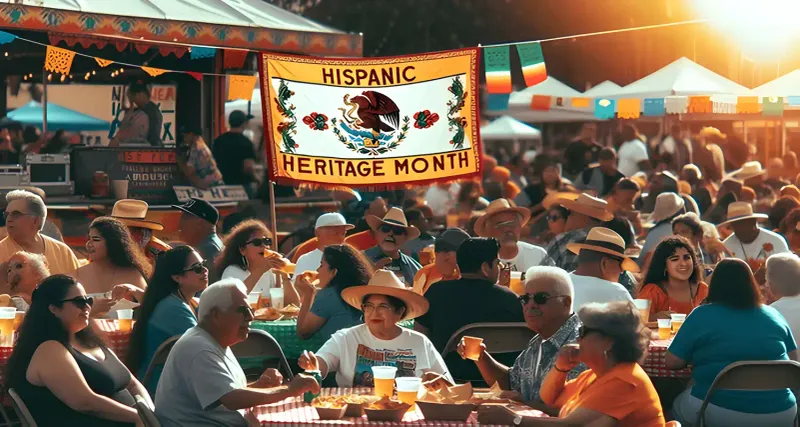Every year, from September 15 to October 15, Americans celebrate Hispanic Heritage Month, honoring the rich cultures and contributions of Hispanic and Latino Americans. This special observance brings communities together through vibrant festivals, educational events, and heartfelt traditions that showcase the diversity within Hispanic cultures. Whether you’re of Hispanic heritage or simply interested in learning more, this month offers everyone a chance to appreciate the lasting impact Hispanic communities have made on American society.
1. 📅 Mid-Month Kickoff Has Historical Significance
September 15 marks the independence days of Costa Rica, El Salvador, Guatemala, Honduras, and Nicaragua – all celebrated on the same date. This meaningful timing wasn’t chosen by accident!
Mexico follows with its independence celebration on September 16, while Chile commemorates its freedom on September 18. By starting Hispanic Heritage Month on this significant date, the celebration immediately connects to the revolutionary spirit and freedom movements that shaped Latin American history.
This mid-month beginning distinguishes it from other heritage months and creates a natural bridge between summer’s end and fall’s beginning.
2. 🇺🇸 Presidential Recognition Evolved Over Time
President Lyndon B. Johnson first established Hispanic Heritage Week in 1968, acknowledging the growing importance of Hispanic contributions to American society. The celebration remained a week-long observance for two decades before expanding.
The transformation into a full month came in 1988 when President Ronald Reagan signed Public Law 100-402. This legislation officially designated the 30-day period from September 15 to October 15 as National Hispanic Heritage Month.
The bipartisan support for this expansion reflected America’s growing recognition of Hispanic influences on national culture, politics, and identity.
3. 🌎 Celebrating Diverse Hispanic Identities
Hispanic Heritage Month embraces an incredible tapestry of cultures spanning over 20 countries across Spain, Mexico, the Caribbean, and Central and South America. Each region brings unique traditions, dialects, music, and cuisine to the celebration.
The term “Hispanic” itself encompasses people with roots in Spanish-speaking countries, while “Latino” generally refers to those from Latin America. Many celebrants identify with specific nationalities like Mexican, Puerto Rican, Cuban, or Salvadoran.
This diversity includes Afro-Latino communities, indigenous heritage groups, and various mixed cultural identities that showcase the beautiful complexity of Hispanic heritage.
4. 📚 Education and Historical Reflection
Beyond colorful celebrations, this month creates space for deeper understanding of complex Hispanic histories. Schools and museums feature special exhibits about indigenous cultures, colonization impacts, migration journeys, and civil rights movements.
Community workshops examine both triumphs and struggles – from the contributions of farmworker activists like Dolores Huerta to the ongoing challenges faced by immigrant communities. Libraries highlight Hispanic authors and historical figures who shaped American society.
This educational component encourages everyone to move beyond stereotypes and recognize the full humanity and resilience of Hispanic communities throughout history.
5. 🎭 Artistic Expressions Take Center Stage
Art galleries burst with vibrant exhibitions during Hispanic Heritage Month, showcasing everything from traditional folk art to contemporary works by rising Latino artists. Murals celebrating cultural icons like Frida Kahlo, Diego Rivera, and Jean-Michel Basquiat appear in neighborhoods nationwide.
Theater companies perform plays by Hispanic playwrights, while dance troupes demonstrate traditional forms like flamenco, salsa, bachata, and folklórico. These artistic showcases provide windows into cultural values, historical moments, and modern Latino experiences.
Many cities host art walks through historically Hispanic neighborhoods, highlighting how these communities have shaped local architecture and visual landscapes.
6. 🗣️ Language Celebration Bridges Generations
Spanish language bookstores see increased activity during Hispanic Heritage Month as families seek bilingual stories to share across generations. Libraries host Spanish story hours, poetry readings, and author events featuring Latino writers.
Many communities organize language exchanges where Spanish speakers and learners can practice together. Schools incorporate Spanish vocabulary into daily activities and highlight the cognitive benefits of bilingualism.
For many Hispanic Americans, this month offers a special opportunity to reconnect with heritage languages that may have been lost through assimilation. Language preservation becomes an act of cultural pride and continuity.
7. 🍽️ Culinary Traditions Bring Communities Together
Food festivals explode across the country during Hispanic Heritage Month, offering delicious ways to experience cultural diversity. Street fairs feature everything from Mexican tacos and Salvadoran pupusas to Cuban sandwiches and Argentinian empanadas.
Cooking classes teach traditional techniques for making dishes like mole, paella, and tres leches cake. Restaurants create special menus highlighting regional specialties and the indigenous, European, and African influences that shaped Hispanic cuisines.
Family recipes become especially important during this time, as older generations pass down cooking traditions that might otherwise be lost in our fast-food culture.
8. 🎤 Musical Traditions Span Centuries and Styles
Concert venues fill with the sounds of mariachi, reggaeton, salsa, cumbia, and countless other Hispanic musical traditions during this celebratory month. Radio stations feature special programming highlighting Latino artists from Celia Cruz and Selena to Bad Bunny and Rosalía.
Poetry slams and spoken word events showcase the lyrical traditions that have always been central to Hispanic cultural expression. Many communities host outdoor concerts where families dance together across generations.
Music educators use this time to introduce students to traditional instruments like the guitarrón, cajón, and cuatro, explaining how these sounds have influenced American music for centuries.
9. 🎓 Honoring Hispanic Trailblazers in Every Field
Hispanic Heritage Month spotlights groundbreakers like Justice Sonia Sotomayor, astronaut Ellen Ochoa, and baseball legend Roberto Clemente. Their stories inspire younger generations to pursue excellence despite barriers.
Universities host panels featuring Hispanic professionals in science, technology, business, and the arts. These events create networking opportunities for students and highlight career pathways where Hispanic representation remains crucial.
Many organizations announce scholarships and mentorship programs during this month, creating lasting impact beyond the celebration itself. This focus on achievement helps counter stereotypes and showcases the tremendous talent within Hispanic communities.
10. 🏫 Schools Embrace Cultural Learning
Classrooms transform during Hispanic Heritage Month with colorful displays of student projects about Latin American countries, famous Hispanic Americans, and cultural traditions. Morning announcements feature daily facts about Hispanic contributions to science, literature, and history.
Many schools invite Hispanic parents and community members to share their expertise through guest lessons on everything from traditional dance to engineering innovations. Cafeterias serve special lunch menus featuring Hispanic dishes, often with educational cards explaining their origins.
These educational activities help Hispanic students see their cultures valued while giving all students deeper multicultural understanding.
11. 🎉 Festivals Bring Celebrations to Public Spaces
Streets come alive with parades featuring traditional costumes, music, and dancing during Hispanic Heritage Month celebrations in major cities. Los Angeles, Miami, New York, and Chicago host massive festivals that draw hundreds of thousands of attendees from all backgrounds.
These events transform public spaces with colorful decorations, vendor booths selling crafts and food, and multiple performance stages. Many festivals include carnival rides and children’s activities that make cultural learning fun for the youngest participants.
These gatherings create economic opportunities for Hispanic-owned businesses while fostering community pride and cross-cultural connections.
12. 🕯️ Honoring Ancestors and Activists
Candlelight vigils and memorial events during Hispanic Heritage Month remember those who fought for civil rights, immigrant justice, and worker protections. Organizations hold special ceremonies honoring figures like César Chávez, Sylvia Rivera, and countless unnamed ancestors who sacrificed for future generations.
Community altars appear in public spaces, sometimes incorporating elements of Día de los Muertos traditions. These displays feature photographs, personal items, and flowers honoring cultural heroes and family members.
These solemn observances remind everyone that celebration must include remembrance of struggles and recognition of ongoing work toward equality.
13. ❤️ Building Pride and Cross-Cultural Connections
Hispanic Heritage Month creates powerful moments of belonging for many who have felt caught between cultures. Youth especially find spaces to embrace their full identities without having to choose between being “American” or honoring their family’s origins.
For non-Hispanic Americans, the month offers authentic opportunities to appreciate Hispanic cultures beyond stereotypes. Friendships form through shared experiences at cultural events, cooking classes, and community service projects.
The celebration ultimately strengthens American society by recognizing that Hispanic heritage isn’t separate from American heritage – it’s an essential, vibrant thread in our national fabric.



